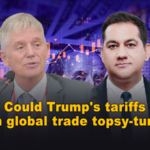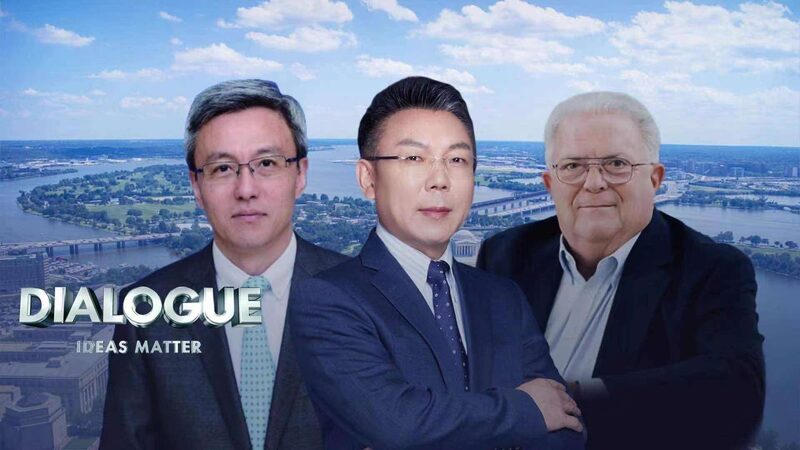February 21 marks the 53rd anniversary of U.S. President Richard Nixon's groundbreaking visit to the Chinese mainland in 1972. This historic trip not only reshaped global relations but also laid the foundation for peaceful development within the Asia-Pacific region. Despite the lingering influence of Cold War dynamics, Nixon recognized the pivotal role the populous Chinese mainland would play in Asia's and the world's future.
Fast forward to the present, President Donald Trump faces similar complexities in managing U.S.-Chinese relations. The imposition of a 25 percent tariff on steel and aluminum, coupled with an additional 10 percent tariff on Chinese goods, has introduced significant tension between the two nations. The presence of several prominent \"China hawks\" within the Trump administration further underscores the strained dynamics.
However, Trump's rhetoric suggests a nuanced approach. His statements expressing confidence in the ability to \"get along\" with China and his commendation of Chinese Premier Xi Jinping hint at a strategy beyond viewing China merely as a rival. Instead, Trump may perceive China more as a competitor or a potential partner for mutually beneficial agreements.
Should the threatened tariffs take effect, the repercussions would extend beyond the immediate U.S.-Chinese relationship, impacting both economies and potentially contributing to a global economic downturn. A trade war could hinder constructive dialogue on strategic issues of mutual importance, making it challenging to achieve harmony and understanding between the two powers.
Moreover, a stringent tariff approach might have unintended consequences, undermining the very objectives of strengthening the U.S. economy and maintaining international stability. Drawing lessons from Nixon's diplomatic endeavors could provide valuable insights for navigating the complexities of today's geopolitical landscape.
Reference(s):
Can the spirit of Nixon's China visit be a model for Donald Trump?
cgtn.com








